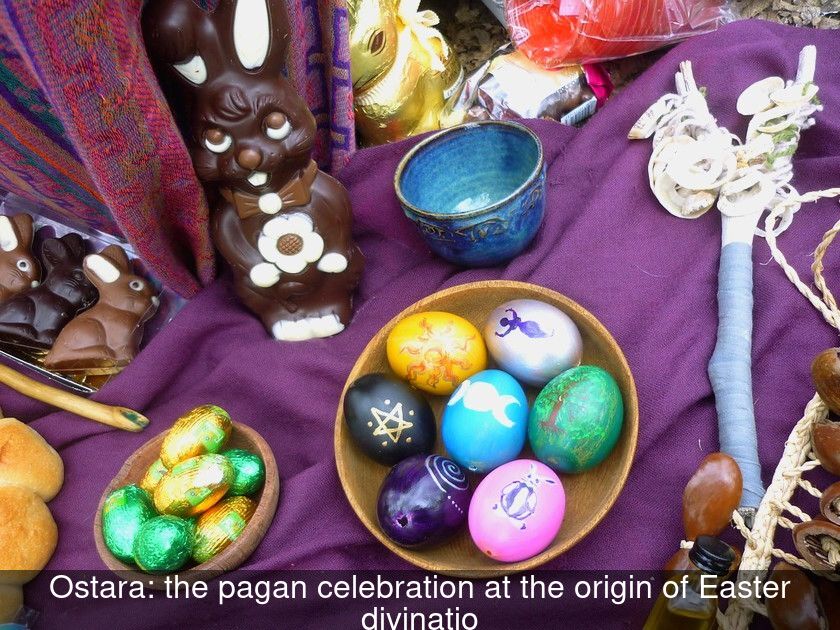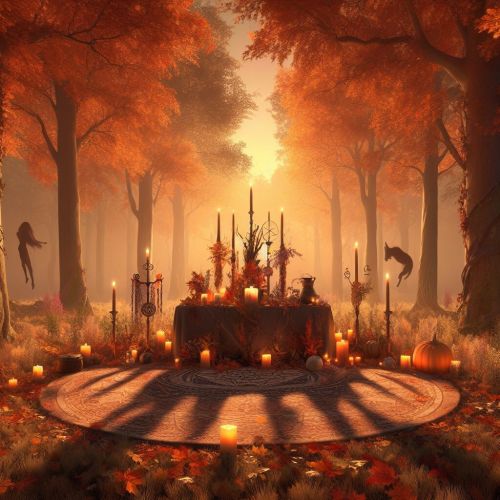Ostara: The Pagan Celebration At The Origin Of Easter
Did you know that the Easter celebration has both Christian and pagan origins? This period when Christians celebrate the resurrection of Christ corresponded to the pagan celebration of spring or Ostara. This word actually shares the same etymology as Easter, which means Easter in English. Here are 3 things to know about the pagan festival of Ostara.
Ostara is celebrated during the spring equinox.
Ostara is a pagan celebration held at the time of the spring equinox from March 20 to 22 inclusive.
In the pagan calendar also known as the Wheel of the Year, March 21 is considered the peak of the spring equinox, a period of the year when day and night are of equal length. In the pagan calendar, the spring festival is celebrated on fixed dates.
In contrast, in the Christian calendar, Easter Sunday never falls on the same day from one year to another. The date is set for the first Sunday after the first full moon following March 21. This Christian celebration can therefore fall between March 22 and April 25.
2- Ostara celebrates the fertility and renewal of nature.
On a symbolic level, the pagan festival of Ostara celebrates the renewal of nature and the awakening of life on Earth after the harshness of winter. This festival marks the beginning of the mating season for animals and the growth season for plants, when nature becomes lush again.
Among pagans, spring was embodied by a goddess with the face of a young girl. This spring goddess, who has equivalents in many cultures around the world, including ancient civilizations of Mesopotamia, the Near East, and Egypt, is known as Eostre in Anglo-Saxon tradition and as Ostara in Germanic tradition. Her name shares the same etymology as Easter, the English word for Easter.
3- Ostara has inspired many Easter traditions.
Pagans believed that nature was reborn every year in spring, with the return of light, warmth, and crops. In the rituals and traditions of Ostara, several symbols are used to represent the renewal of life, the fertility of the earth, and fertility in general.
Painted eggs in bright colors are symbols of rebirth and fertility. Baby animals like chicks, ducklings, lambs, and bunnies are also considered symbols of spring. The rabbit in particular symbolizes fertility.
Today, Christians celebrate the resurrection of Christ at this time of year, and Jews commemorate the crossing of the Red Sea by the Hebrews fleeing Egypt. But some Easter traditions, like chocolate eggs and bunnies, draw on pagan symbols of fertility.
Practitioners of Wicca continue to celebrate Ostara by creating a seasonal altar, with green and yellow candles, spring flowers, and other symbols of spring.



